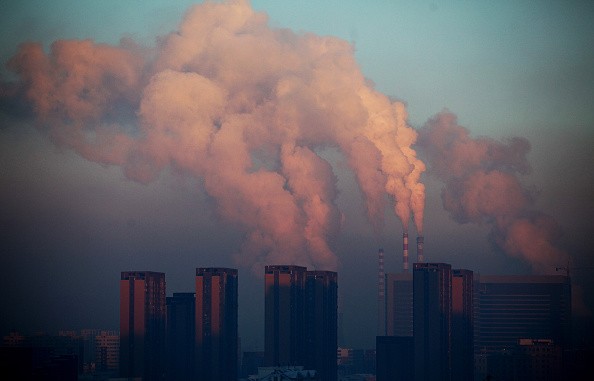Energy-efficient buildings are still not yet developed since there is not enough research about them. As of the moment, most structures in the United States emit huge amounts of carbon dioxide, making global warming even worse.

The country's skyscrapers and other types of buildings are responsible for around 40% of the nation's energy consumption. Since this is the case, various experts are now studying how to create new structures that don't require heating or cooling systems to make people more comfortable during winter or summer.
Yale School of the Environment's researchers released a new study revealing their energy-efficient building blueprints. In their latest research, Kenneth Gillingham, the new study's lead experts, and the professor explained that buildings with fewer carbon emissions are important, especially since they could reduce premature deaths in the United States.
Energy-Efficient Structures Reduce Premature Deaths?
According to News Medical Life Sciences' latest report, Yale School of the Environment's new study released two blueprints that show how to create energy-efficient buildings.

The research titled "The climate and health benefits from intensive building energy efficiency improvements" is already published in the Sciences Advances Journal.
"This study examines the long-run impacts of intensive energy efficiency improvements in buildings that go far beyond the current utility energy efficiency programs but align with calls for concentrated efforts to deeply improve energy efficiency," explained the involved environment experts.
On the other hand, Economics Professor Gillingham and his colleagues also claimed that they are the first ones to explore the effects of intensive building energy efficiency improvements on indoor air quality, carbon emissions, and other areas that could affect the health of U.S. residents.
In other news, U.K. scientists showed how self-healing materials actually work. On the other hand, American experts also claimed that nuclear fusion could be used to generate better clean energy.
New Energy-Efficient Building Study's Main Goal
Involved environment experts claimed that their latest research could help increase appliance efficiency in the United States by up to 50%.
On the other hand, they added that it could also enhance the efficiency of the structures' outer shells between 60% to 90%. If this is true, then their building plans could be used by construction companies to make better infrastructures.
For more news updates about energy and other related topics, always keep your tabs open here at TechTimes.
Related Article : Breast Milk Sugars Can Protect Newborns from Infections: Study
This article is owned by TechTimes
Written by: Griffin Davis
![Apple Watch Series 10 [GPS 42mm]](https://d.techtimes.com/en/full/453899/apple-watch-series-10-gps-42mm.jpg?w=184&h=103&f=9fb3c2ea2db928c663d1d2eadbcb3e52)



